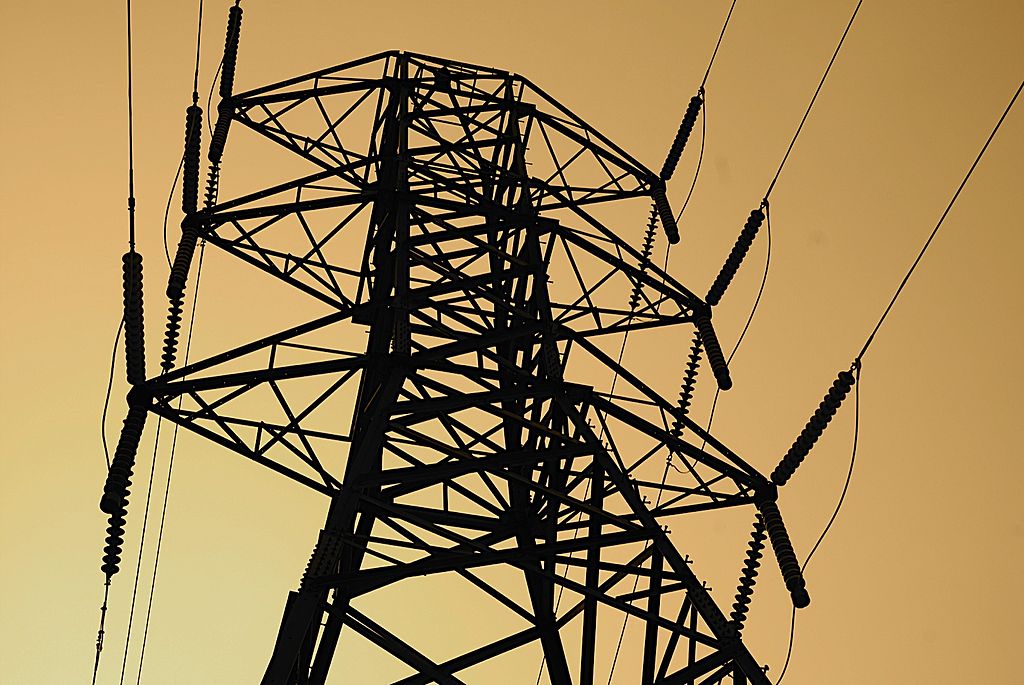Calling on federal energy regulators to “make interconnection reform a top priority,” three trade groups yesterday raised concerns over interconnection queue “logjams” and “exploding” network upgrade costs faced by large-scale solar, wind and storage projects awaiting approval in interconnection queues.
Those queues are managed by grid operators known as RTOs and ISOs, and by utilities not served by a grid operator.
The groups asked the Federal Energy Regulatory Commission (FERC) to resolve the logjams and prioritize remedial action through “an accelerated, stand-alone interconnection rulemaking.”
The three groups are the solar association SEIA, the clean energy trade group Advanced Energy Economy, and the renewables and transmission trade group American Clean Power Association.
To improve interconnection studies, where study timeframes approach four to five years in the PJM grid region, the groups said that with standardization and automation, these studies “could be completed in months instead of years.” They provided FERC with 14 near-term and six long-term reforms to get there, and said that some transmission providers “have already implemented the reforms identified.” Interconnection delays were also flagged as a major barrier by renewables developers in a November survey.
Regarding costs, the groups said affected system operators in most RTO/ISO regions are “perversely incentivized to identify disproportionate network upgrades” in affected system studies, “because these upgrades are fully funded by one or more interconnection customers.” They offered seven reforms to address such issues.
To fix clogged queues, where many areas “continue to use the serial first-come, first-served” interconnection approach, the groups called for use of industry best practices. They recommended a cluster study approach that considers multiple interconnection requests jointly, in conjunction with milestone-based “first-ready, first-served” processes.
The groups said that the common practice of requiring generators to pay 100% of network upgrade costs “is not legally durable,” because those upgrades are integrated with the regional transmission system and benefit all system users. The solution, the groups said, may be found among “several creative participant funding reform proposals” already submitted in an ongoing FERC docket, and could potentially use formulas based on voltage level or electrical location of upgrades.
The three groups called on FERC to initiate a rulemaking “aimed at requiring transmission providers to adopt the set of reforms” that the groups proposed. The resulting “nationwide rule” should apply to all utilities subject to FERC jurisdiction, as well as to RTOs and ISOs, the groups said.
This content is protected by copyright and may not be reused. If you want to cooperate with us and would like to reuse some of our content, please contact: editors@pv-magazine.com.








If you want to make interconnection group studies go faster there are some things that can be done to shorten the time. Developers may not appreciate some of them.
1) If you join the group, you are in for the whole ride, no changes to your project, and no off ramps. This means studies are done once, and only once. Right now with the various modification and decision points, some studies are done dozens of times as people opt out of the study, change the size of their facility or otherwise change the makeup of the study.
2) All the money for the study up front. If not, then people will use not paying as a way to opt out.
3) Study list is the same for every batch, static studies, dynamic studies, harmonics, etc. Data required for all the standard studies is in hand before the batch starts. In many cases, delay in gathering data can add months to the study, and it only takes one application to be short data to delay the whole study.
4) Transmission models and scenarios have to be maintained as up to date. Taking time to bring them current during a study is not fair to the study group. We all have to realize that the last batch of studied applications, if built are going to cause updates. The initial assumption has to be that all will be built, or there needs to be a filtering mechanism coming out of the study, indicating who is going forward and who is not (likely a serious deposit).
5) Given all of the above, it may be that individual studies are faster and better than group studies. But, the industry has chosen group studies, so for now we need to live with this.
On average a single site study that does not change and for which the data is pre-collected can be done in 4 months, but that is a serial effort for multiple interconnections on a single path.
Please remember, each path has different connections, loads, equipment, and other factors, what fits on one path, may not on a different path even if the conductors, equipment and voltage are the same.